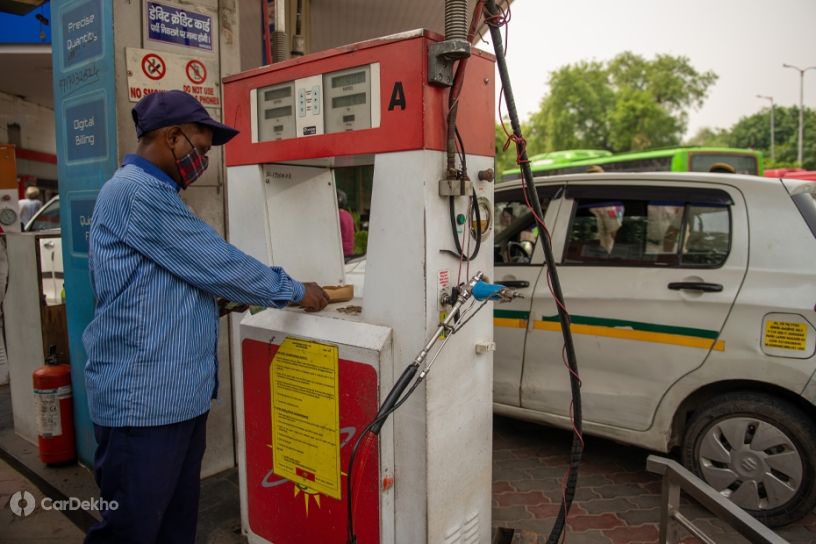Explained: Why Is It So Difficult To Have An Automatic Transmission In A CNG Car?
Published On Dec 22, 2021 06:24 PM By Dhruv
- 49.5K Views
- Write a comment
Automatic cars and CNG kits. Is it even possible? And if so, what’s the hold up?

CNG is great. It’s cheap, returns excellent fuel efficiency and is way less harmful for the environment than petrol or diesel. Then why is it that it’s restricted to very few models in India? And why is it that it can’t yet be had with an automatic transmission? After all, CNG cars are more suitable for running in cities (due to the easy availability of CNG in cities), and it is in cities that you would want the convenience of an automatic transmission. So why is it that Indian carmakers haven’t offered a two-pedal setup with CNG till now?
Allow us to explain:
It’s A Complex Job Tuning A Car For CNG And Automatic Transmissions
Automatic transmissions require a number of extra sensors to work. It shifts from one gear to another depending on data, such as RPMs, engine load, speed, angle of the car, from these sensors. When you bring CNG into the mix, things change.

For starters, the engine makes less power and torque on CNG compared to petrol. In this case, the data from all these sensors will need to be re-tuned to be compatible with CNG. This requires extensive testing, and is only feasible if carmakers were sure of volumes of such models. This brings us to our next point.
The Price Will Be Too High
CNG kits from the factory are Rs 80,000 to Rs 90,000 more expensive than regular petrol models, and automatic transmissions cost at least Rs 1 lakh more than their manual counterparts. This means that CNG cars with automatic transmissions would be around Rs 2 lakh more expensive than regular petrol-manual cars. That’s a big jump.

Imagine if Maruti asked you to pay Rs 2 lakh more for an Ertiga just for the added convenience of a CNG automatic. The price would not feel justified. If the price is too high, carmakers can’t expect volumes for such models and therefore, it will not be feasible for them to develop such CNG-automatic powertrains.
Driving Dynamics Will Be Altered

While this isn’t that big an issue, it will still be a headache for carmakers looking to homologate CNG-automatic cars. Automatic transmissions are heavier than their manual counterparts. A CNG kit also adds weight to the car.

To give you an example, the S-Presso is a 5-seater. When Maruti launched its CNG variant, it technically became a 4-seater. Simply put, the weight of the CNG kit accounts for the weight of one passenger. Maruti didn't make any structural changes due to that extra load, instead simply reducing the number of passengers that the S-Presso can take in.
What If You Still Want A CNG Kit In An Automatic Car?
We reached out to both Maruti and Hyundai, the two carmakers that currently offer a CNG kit from the factory in India, and asked them about this. Sadly, we didn’t get a response from either of them. However, that’s not the end of the road. There are aftermarket companies that install CNG kits on automatic cars. A quick Google search will reveal the most popular options, and there are videos on YouTube as well of such conversions.
You do need to know a couple of things before you take the leap: Converting your automatic car (or any car for that matter) into a CNG vehicle will void its manufacturer warranty. Do this only if your vehicle isn’t covered by it anymore. Secondly, most aftermarket companies, while quite good, don’t have the same level of R&D as big carmakers, and therefore, the results might not be as good. You could end up damaging the engine of your car, and your transmission as well.
If you do end up doing it, share your results with us through social media like Twitter or Instagram, or leave a comment below and tell us about your experience.
10 out of 10 found this helpful














